Flower Meanings
Dahlia
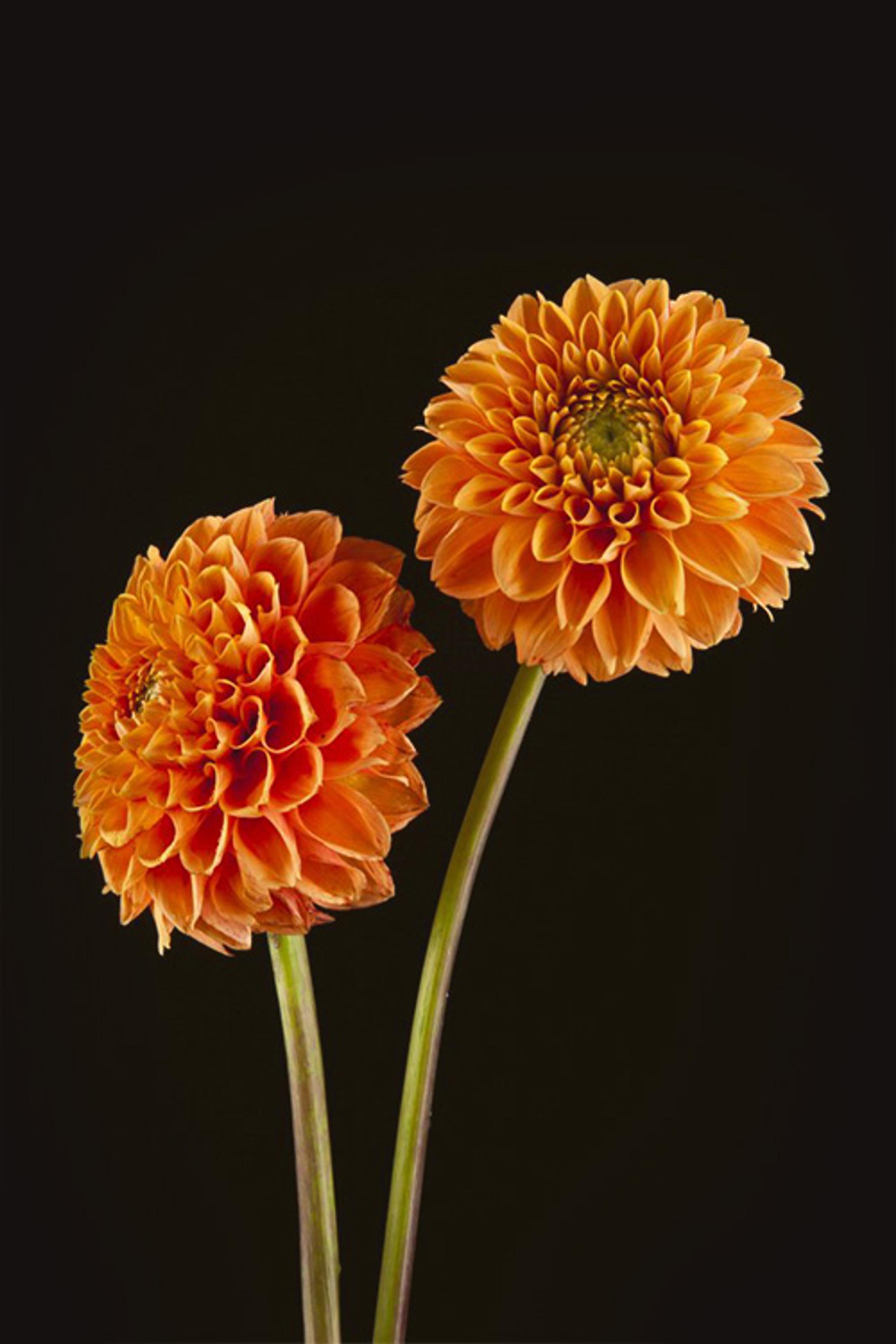

The Meaning of the Dahlia
We’d like to believe that all flowers have beauty, but there are an elite few that truly can take your breath away with one glance. Enter the dahlia. The flowers slowly expand from dense green golf balls to fireworks stuck mid-explosion.
The common Dahlia symbolizes staying graceful under pressure, especially in challenging situations. If dahlia flowers were a person, they would have royal manners and a graceful nature, like Princess Diana. They also symbolize drawing upon inner strength to succeed, traveling and making a major life change in a positive way, standing out from the crowd and following your own unique path, staying kind despite being tested by certain life events, finding a balance between adventure and relaxation, commitment to another person or a certain ideal, and a means of warning someone about a potential betrayal.
However, the meaning of an individual Dahlia bloom is also dependent on its color.
- Red, which conveys power and strength to the person receiving the flower as a gift
- Pink and purple, two of the colors associated with kindness and grace
- White, a symbol of staying focused and pure
- Blue and green, perfect for occasions involving fresh starts and big changes
- The black Dahlia, which is actually a burgundy color tied to a warning of betrayal
The Victorians used the dahlia as a symbol for an everlasting bond between a couple, but in our current times, lovers of the pointed blooms can grow and give dahlias as a religious celebration or trying out a new healthy lifestyle. Dahlias are often considered a birth flower for the month of August, but some traditions use it as the November birth flower instead. The species dahlia pinnata is the national flower of Mexico because Mexico is the dahlia’s native habitat. Some cultures use it to represent diversity since each petal fits perfectly into the whole head. [1]
Dahlias are an incredibly resilient flower that can survive through extreme heat and drought, as well as some pretty cold temperatures. We can learn from dahlia behavior to try to endure through anything that comes up in our lives that is a road bump. Instead of giving up, search for strength! Motivate yourself to be the best and withstand all of life’s difficult moments to come out stronger and more beautiful!
What Does Dahlia Smell Like?
Most dahlias are unscented (but their beauty makes up for it).

"August is ripening grain in the fields blowing hot and sunny, the scent of tree-ripened peaches, of hot buttered sweet corn on the cob. Vivid dahlias fling huge tousled blossoms through gardens and joe-pye-weed dusts the meadow purple."
Jean Hersey “The Shape of a Year” (1967)
The History of the Dahlia
Discuss any historical relevance regarding the flower:
- Any uses that it’s had in the past, present
- Countries/families that used it in crest/flags
- If people/pets are commonly allergic to it, what research has been done
- Where it’s grown
- State/country flower? Birth month flower?
- Featured in any important artwork/songs/books
- Anything else that’s interesting about the history of this flower
Dahlias are widely considered one of the most spectacular garden flowers, and they can range from the size of a quarter to up to a full ruler (12 inches) in size.
Dahlias were first seen and cultivated in the mountains of Mexico. There are 30 species and 20,000 cultivars of Dahlias. [2]
As far as the earliest history of the dahlias goes, it has been reported that Spaniards first saw them in Mexico in 1525, but the earliest known description is by Francisco Hernández, physician to Philip II, who was ordered to visit Mexico in 1570 to study the “natural products of that country”. They were used as a source of food by the Aztecs, and were both gathered in the wild and cultivated. The Aztecs used them to treat epilepsy, and also used the stems to make water pipes. Crafty! The indigenous peoples of Mexico variously identified the plants as “Chichipatl” (Toltecs) and “Acocotle” or “Cocoxochitl” (Aztecs). From Hernandez’ perception of Aztec, to Spanish, through various other translations, the word is “water cane”, “water pipe”, “water pipe flower”, “hollow stem flower” and “cane flower”. All these refer to the hollowness of the plants’ stem. [3]
European introduction
In 1787, the French botanist Nicolas-Joseph Thiéry de Menonville reported the strangely beautiful flowers he had seen growing in a garden in Oaxaca. In 1789, Vicente Cervantes, Director of the Botanical Garden at Mexico City, sent “plant parts” to Abbe Antonio José Cavanilles, Director of the Royal Gardens of Madrid. Cavanilles flowered one plant that same year, then the second one a year later. In 1791 he called the new growths “Dahlia” for Anders (Andreas) Dahl. The first plant was called Dahlia pinnata after its pinnate foliage; the second, Dahlia rosea for its rose-purple color. In 1796 Cavanilles flowered a third plant from the parts sent by Cervantes, which he named Dahlia coccinea for its scarlet color.
Over the centuries, through hybridization and evolution, we arrived upon the modern dahlia.
Anders Dahl regarded it as a vegetable rather than a garden flower because of its tube roots, but the interest switched from the edible tubers to the blooms when the first varieties with large, double flowers were bred in Belgium in 1815. Back then, the favorite varieties were the Ball and Small Decorative Dahlias. Today, the Large Decorative and Cactus varieties tend to be far more popular. Before insulin was discovered, it is believed that a naturally occurring form of fruit sugar (called inulin) obtained from dahlia tubers was used to derive a substance known as Atlantic starch or diabetic sugar. This substance was then given to diabetics. This was followed in Europe and America in 1923. Furthermore, it is said that this extracted substance or inulin is used even today in clinical trials or tests related to the functioning of kidneys. [4]
Dahlia Plants range from dwarf bedders (twelve inches high) to giants that can get over 5 feet tall! Flowers range in size from an inch to the largest at 10-12 inches!
Dahlia bulbs are a subterranean root system, comprising many distinct tubers, each a separate lump. These allow the dahlia plant to mature year after year without benefit of seeds or spores. To sprout the next season, each tuber must have one eye (like a potato!).
The first named species of dahlia imported into Europe were dahlia pinnata, dahlia rosea, and dahlia coccinea.
There are wide varieties of dahlias based on their sizes, flowering patterns, and resemblance to other flowers:
- Single-flowered dahlias
- Anemone-flowered dahlias
- Collerette dahlias
- Waterlily dahlias
- Decorative dahlias
- Ball dahlias
- Pompon dahlias
- Cactus dahlias
- Fimbriated dahlias
- Single orchid dahlias (Star)
- Double orchid dahlias
DID YOU KNOW - Dahlia Fun Fact
In the mid 19th century a London newspaper offered £1 to the first breeder to produce a blue dahlia. The reward has never been claimed and breeders are still striving for the elusive blue color. There have been several near blue cultivars.
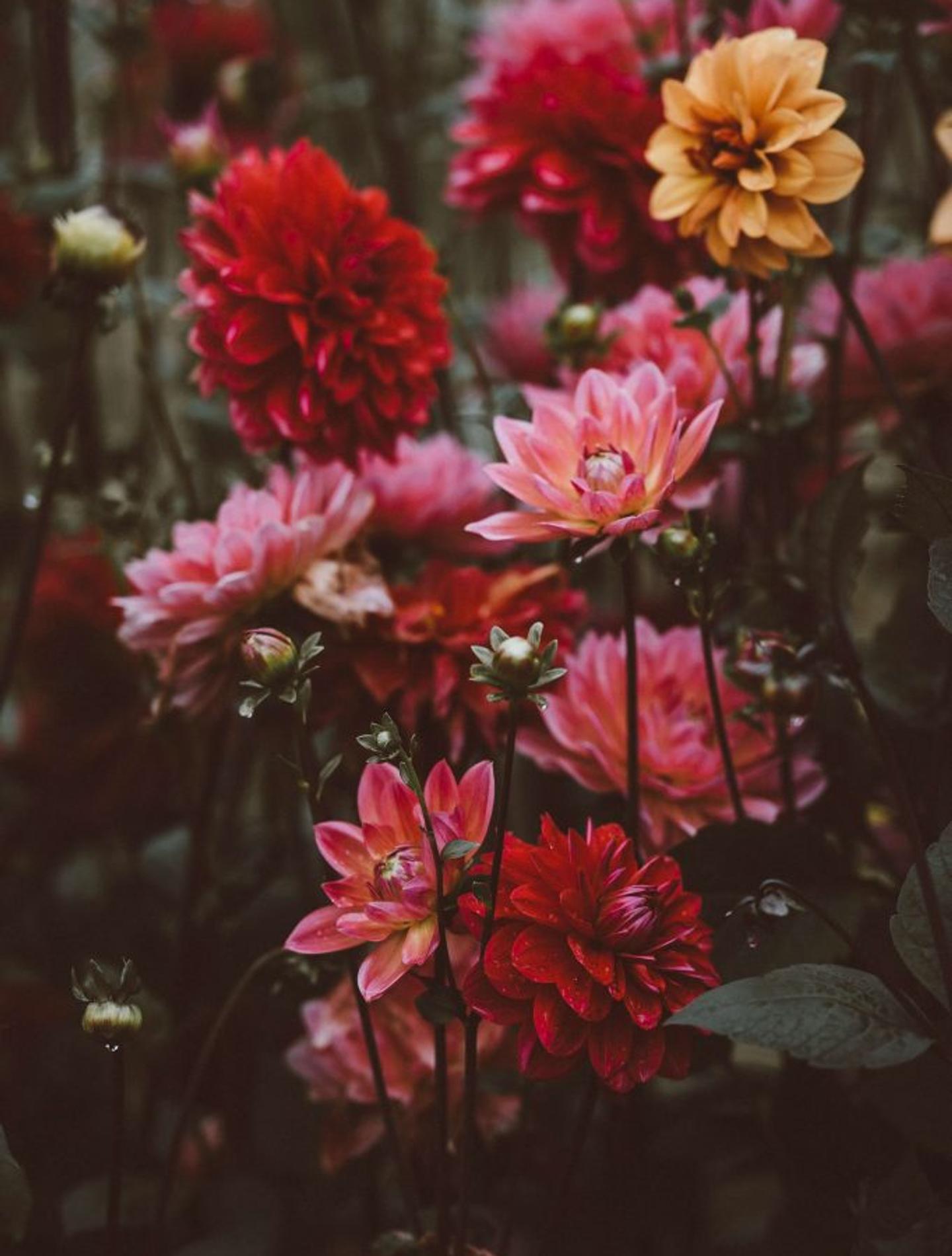
How to Grow Dahlias
Good news! Dahlias are super easy to grow. They love sun and need a minimum of 6 hours of direct sunlight each day. The more sun, the more blooms, so aim to plant them in a south facing area of your yard.
Even though dahlias will only survive winter in zones 8-11, gardeners in zones 2-7 can plant them in the spring. Dahlias, grow best in loose, fertile, well drained soil. To improve the quality of your soil, add compost and an all purpose fertilizer at planting time. Avoid planting in areas where the soil is soggy or compacted. Because of their root structure, dahlias need lots of room to grow. They will expand downward and outward, so make sure that wherever you decide to plant them isn’t full of rocks or they’ll struggle.
Dahlias tubers are planted in the spring after all danger of frost. If you live in a cold climate and want your dahlias to bloom as soon as possible, you can start the tubers indoors about a month before the last frost date. Fill 6″ or 8″ pots with growing mix and plant one tuber per pot. Put the pots in a warm, sunny place until the plants are several inches tall and the weather outside is warm.
In the late fall, if you live in a cold climate, you can dig up your tubers, dry them out, and then place them in bags over the winter. This will prevent them from the dangers of getting frozen and dying. The following spring, you can plant them again and they will continue to produce year after year!
Dahlias can be functional as well as decorative. Full-size varieties can be planted along a property line to add privacy. They can also be planted in pots to enclose a space or in the garden to screen an unwanted view.
Dahlias are great companions for almost any vegetable. Just plant them at the same time you’re planting tomatoes and peppers. When you harvest your dinner, you can also harvest fresh flowers for your table! [6]
PLANTING IS AS EASY AS 1-2-3
- Dig a hole to 4-6” deep in well-drained soil.
- Set the tubers in the hole with the stem facing up.
- Replace the soil and water only if the soil is very dry. Sprouts will appear in 2-4 weeks.
IMPORTANT TIP!
If you are growing full size dahlias (not any miniature variety of dahlias), they should be staked to support both the stems and the flowers. Use a 5 to 6 foot stake per plant. Drive the stake into the ground 8 to 10″ deep. By staking at planting time you won’t damage the plant or tubers later in the season. As the stems begin to grow, tie them to the stake every foot or two as if you would with a tomato plant.
Tips for making sure your dahlias live their best lives
- Choose a sunny spot. Dahlias bloom best in full sun as we mentioned before.
- Prepare the soil by adding compost or manure, and an all purpose (5-5-5) fertilizer.
- Position the tubers in the hole so the stem, where the tubers are joined, is upright. Sprouts will develop where the tubers join the stem. This junction should be no more than an inch below the soil surface.
- Once your dahlias are 8-10″ tall, begin fertilizing them with an all-purpose liquid fertilizer every 3 to 4 weeks.
- Pinching dahlias when they are about 10″ tall will give you bushier plants with more flowers.
- When the first flower buds appear, cut back a couple of the tallest stems. This will help the plant fill grow outward and bushy, and it will produce more flowers. The same process works with basil!
DID YOU KNOW - Dahlia Fun Fact
There is no such thing as a black dahlia. The name “black dahlia” originated from an unsolved Hollywood murder mystery. But, no matter how many people try to create this mythical plant, the color black does not exist in the world of flowers. The ‘black dahlia” is actually a deep purple.

How to Care for Dahlias
How to Cut and Arrange Dahlias
Who doesn’t love walking through their garden in the summer with dahlias aplenty? They really do take your breath away, and lucky for us, they continue to pump out blooms for months. However, if you cut some dahlias from your garden, you’ll actually begin to produce more and more! Similar to how some herbs like basil and mint function, as more light and nutrients opens up, more flowers get produced. Also, be sure to deadhead any blooms that have dried up or are wilting.
The best time to cut dahlias is first thing in the morning before the sun rises too high. Use a clean pair of pruners or garden shears and be sure to cut a fairly long stem (you can always cut more of the stem off, but can’t put it back on). Cut stems just above a set of leaf nodes and side buds. New shoots will grow from those nodes. Try to cut flowers that are fairly large and blooming, or just about to fully open up and bloom because once they are cut, they won’t continue to open up very much. [7]
After you’ve brought your freshly cut dahlia flowers inside, make a fresh angular cut at the bottom of the stem and place the cut ends of the stems in about 2-3 inches of very hot (not quite boiling) water. We know this sounds crazy, and it’s not common for many other flowers to be treated this way, but the dahlias love the hot water and it will keep them blooming and fresh for up to a week.
Once your dahlia stems have been hot water conditioned, cut off any leaves that could touch the water line. If you cut off the leaves, it prevents the water from spoiling and creating bacteria that gets absorbed by the stems and deteriorates the freshly blooming dahlias.
When to Send Dahlias as a Gift
They are gifted to couples during engagements and weddings, mainly as a symbol of an everlasting union. Although, if we’re being honest, is there ever a bad occasion for a dahlia? Their beauty is one-of-a-kind!

References:
- 1 - flowermeaning.com
- 2 - The Flower Expert
- 3 - Dahlia Wiki
- 4 - Gardenerdy
- 5 - Just Fun Facts
- 6 - Longfield Gardens
- 7 - Better Homes & Gardens
Flower Meanings — keep discovering
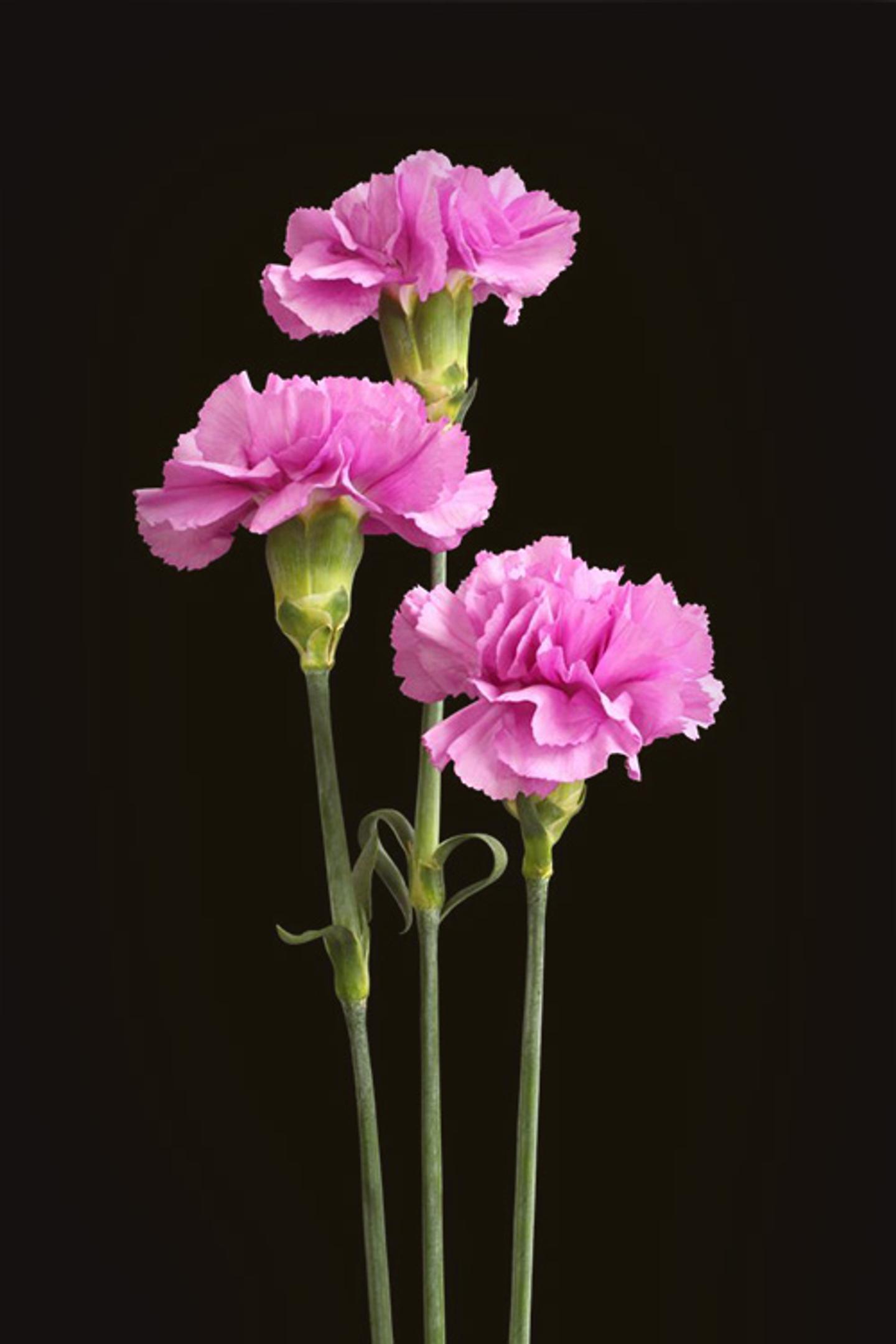
Carnation
Carnations aren’t just your grandma’s favorite flower! With a huge variety of colors to choose from (even striped varieties), and a different meaning for each color, carnations can be the perfect gift for tons of occasions – as long as you know what each meaning is, of course. Plus, this herbaceous perennial is hardy, long-lasting, and has a lovely sweet scent.

Celosia
Commonly known as cockscomb or silver cock’s comb, Celosia is a plant of tropical origin and is known for its vibrant, bright colors and unique shapes.
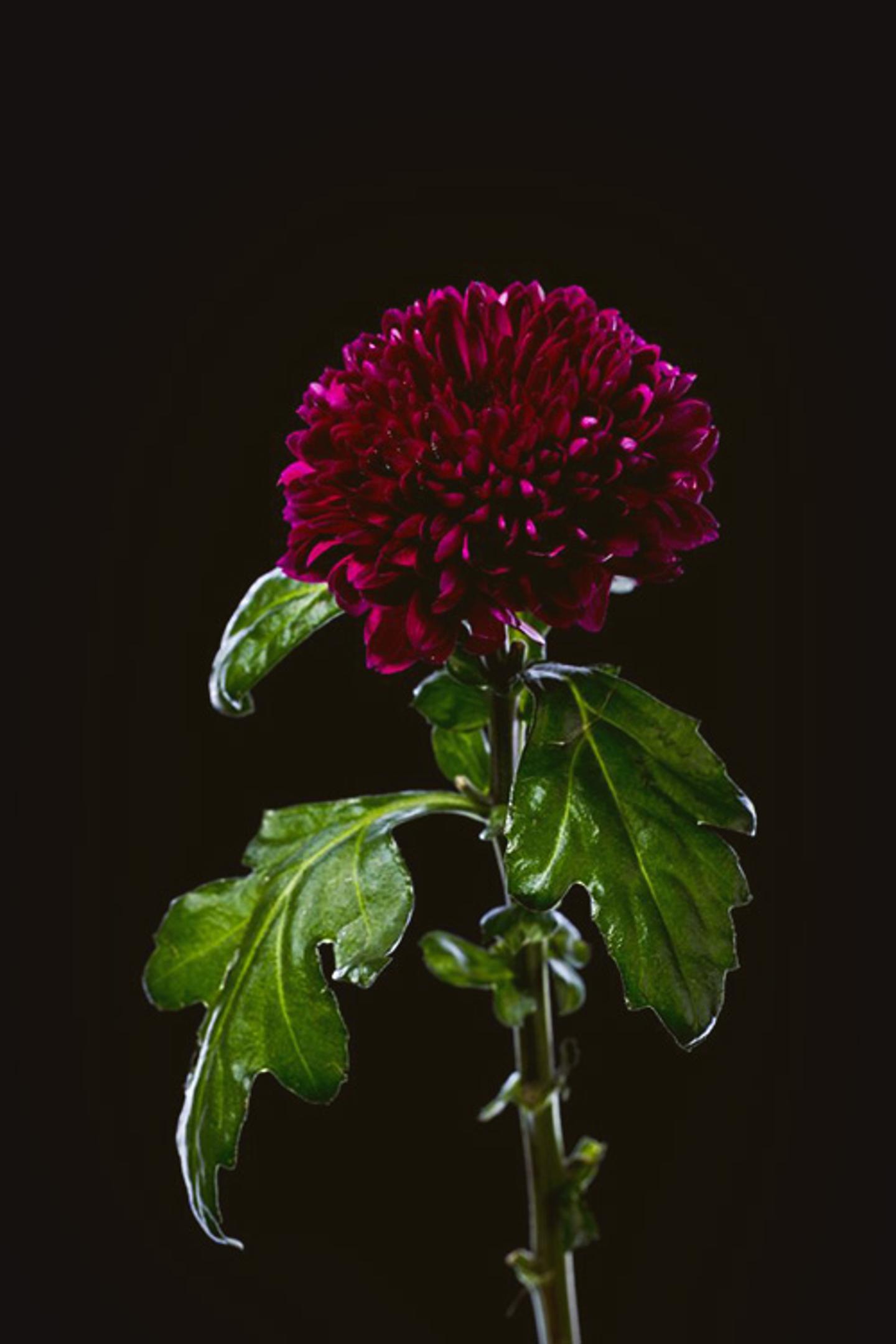
Chrysanthemum
Also known as mums, Chrysanthemums are a widely popular bedding plant used in landscaping projects around homes and businesses because of their hearty nature. Yet, it’s also one of the most important cut flowers used for bouquets and boutonnieres today.
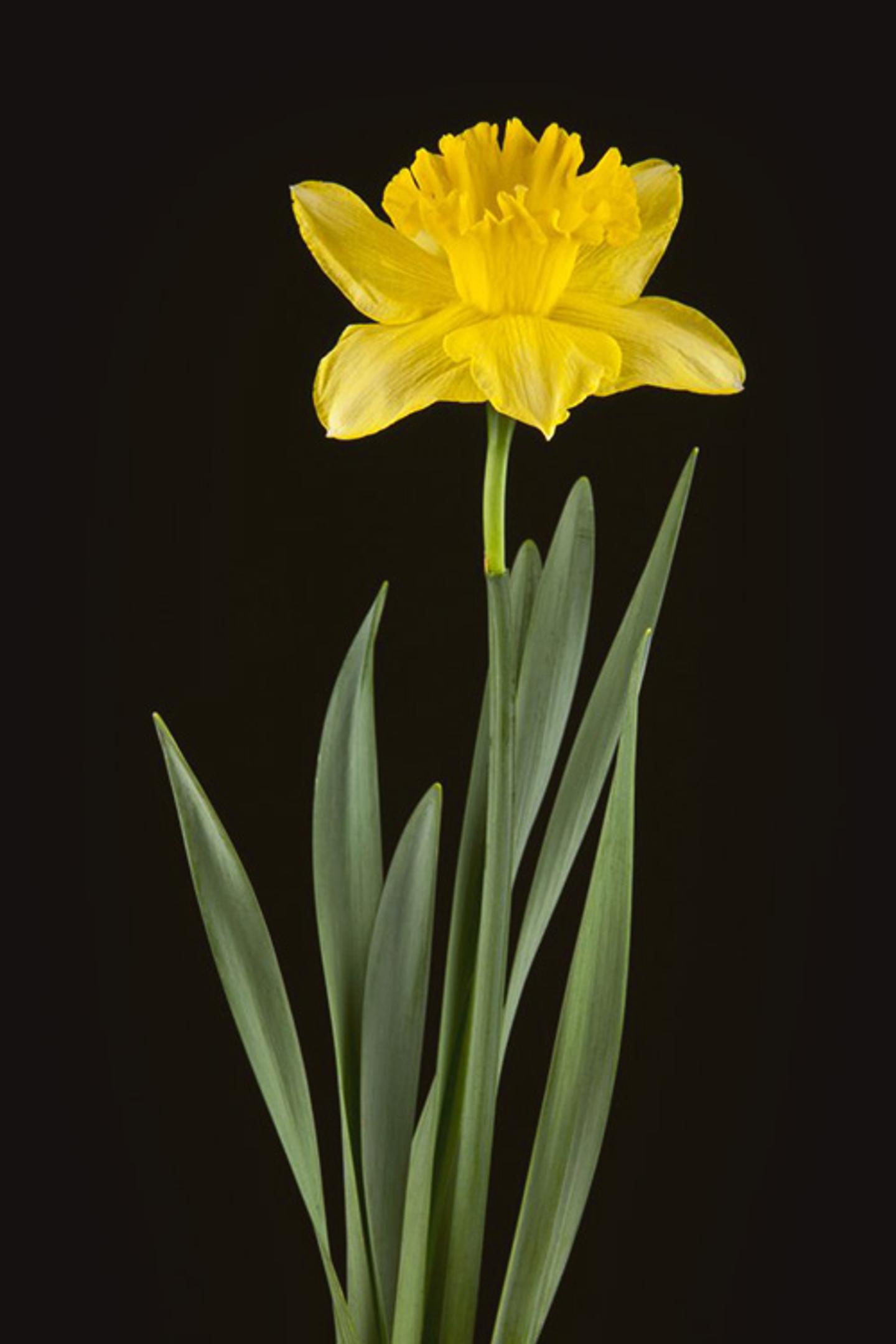
Daffodil
Multiply like rabbits? Check. Return year after year? Check. Not fussy about soil? Check. Not fussy about sunlight? Check. Not bothered by deer, rabbits, or other critters? Check! Daffodils are a great all-around flower!

Carnation
Carnations aren’t just your grandma’s favorite flower! With a huge variety of colors to choose from (even striped varieties), and a different meaning for each color, carnations can be the perfect gift for tons of occasions – as long as you know what each meaning is, of course. Plus, this herbaceous perennial is hardy, long-lasting, and has a lovely sweet scent.

Celosia
Commonly known as cockscomb or silver cock’s comb, Celosia is a plant of tropical origin and is known for its vibrant, bright colors and unique shapes.

Chrysanthemum
Also known as mums, Chrysanthemums are a widely popular bedding plant used in landscaping projects around homes and businesses because of their hearty nature. Yet, it’s also one of the most important cut flowers used for bouquets and boutonnieres today.

Daffodil
Multiply like rabbits? Check. Return year after year? Check. Not fussy about soil? Check. Not fussy about sunlight? Check. Not bothered by deer, rabbits, or other critters? Check! Daffodils are a great all-around flower!
Ready to send beautiful flowers?
Our guided experience helps you send a one-of-a-kind arrangement perfect for every occasion.
Send Flowers